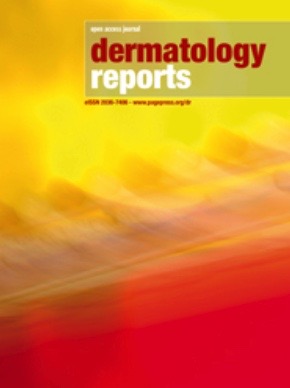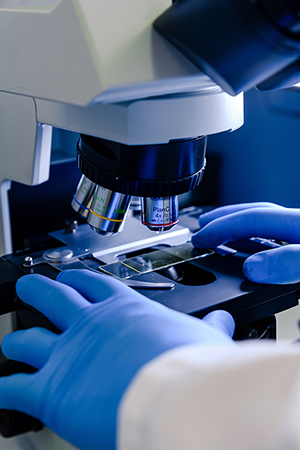Psoriasis treatments in Europe during the 19th century
All claims expressed in this article are solely those of the authors and do not necessarily represent those of their affiliated organizations, or those of the publisher, the editors and the reviewers. Any product that may be evaluated in this article or claim that may be made by its manufacturer is not guaranteed or endorsed by the publisher.
Authors
Psoriasis is a dermatological disorder whose clinical manifestations have attracted the interest of physicians since ancient times. Hippocrates of Cos in the 5th century B.C. and later Galen in the 1st century A.D. were the first to refer to skin lesions characterized by scales and itching. In the 19th century, dermatology progressed, gaining scientific autonomy and leading to improvements both in the clinical study of psoriasis and in the search for new treatment methodologies. The dermatological schools established in this century, located in London, Paris, and Vienna, dedicated themselves to studying skin diseases, adopting unique methodological approaches and creating dermatological nomenclature. The English school focused on the objective description of lesions, while the French school was the first to approach the study of evolutionary processes, formulating theories not always based on experimental methods. Finally, the Austrian school based its research entirely on the study of diseases through the use of instruments and laboratory tests. Representatives of all three schools played a crucial role in the scientific progress of dermatology, leading to the subsequent evolution and improvement of therapies, which gradually replaced the use of ancient remedies and archaic administration methods. The treatments promoted by the different 19th-century European dermatologists reflected both their scientific thinking and the medical beliefs of the time. For this reason, the following historical-medical reconstruction of the evolution of psoriasis therapies in the 19th century can contribute to enriching the studies of dermatology.
How to Cite

This work is licensed under a Creative Commons Attribution-NonCommercial 4.0 International License.








